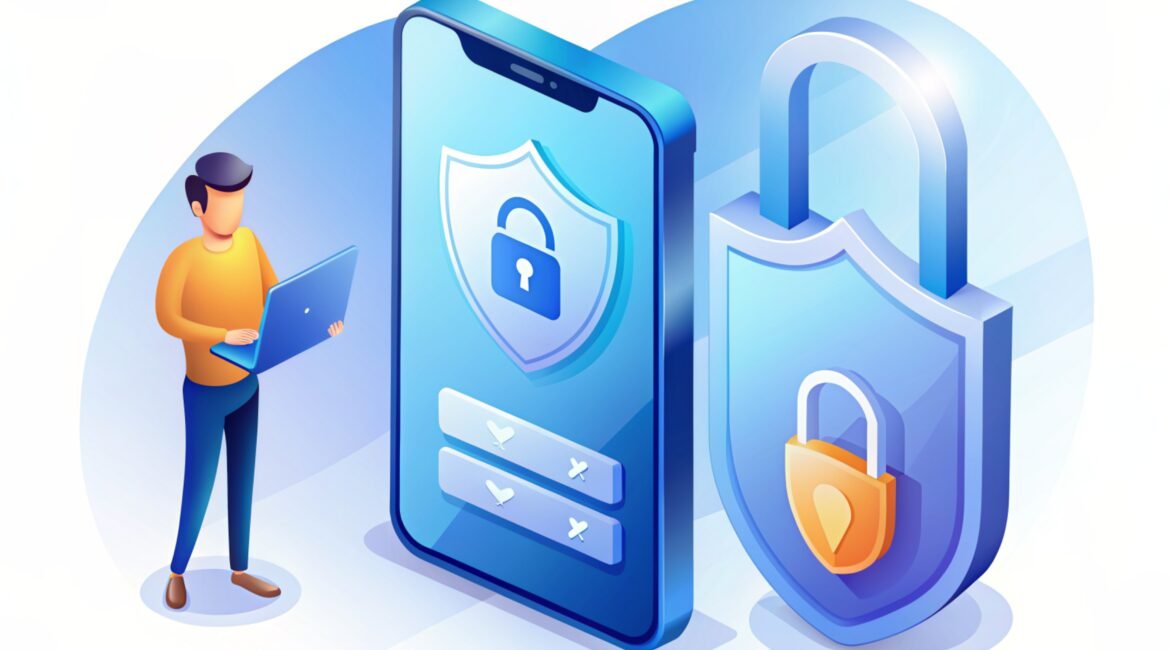These days, keeping apps safe is very important. SAP makes some of the best business tools in the world. To make sure that SAP Application Security is the best it can be, the company has put in place a full set of advanced measures. A lot of different plans, tools, and technologies are used in these steps to keep data safe, find and stop threats, and make sure that strict security standards are met. We will talk about the different ways SAP makes applications safer, focusing on key areas such as data protection, cybersecurity, threat detection, incident response, encryption, user authentication, data protection, risk management, secure development, access control, vulnerability management, security monitoring, security compliance, the ability to control privacy, and risk management.
Data Protection and Cybersecurity
Data protection is at the heart of SAP’s security strategy. SAP has good data protection to keep sensitive data from hackers and unauthorised users. This requires robust encryption to protect data from unauthorised access. SAP safeguards data during transmission and storage. Data loss and change are less likely.
SAP’s multi-layered cybersecurity includes encryption. Firewalls, attack detection systems, and advanced threat intelligence can monitor and protect against cyber-attacks. SAP constantly updates its security to address new threats and vulnerabilities. Hackers cannot enter its systems in complex ways.
Threat Detection and Incident Response
Maintaining application security requires effective threat detection. AI and machine learning are two cutting-edge threat detection technologies used by SAP. These tools can uncover security weaknesses by searching massive data sets for unusual patterns and actions. SAP can swiftly identify and stop assaults before they do major damage with these powerful technologies.
SAP’s incident response team responds rapidly to threats. Our security staff handles security occurrences fast and efficiently to minimise company impact. The incident response approach seeks to identify the threat, stop the breach, and prevent a repeat. SAP applications need proactive threat detection and incident response to stay safe and reliable.
User Authentication and Access Control
SAP’s security plan includes restricting access to confidential data. User authentication systems improve security by asking users to prove their identity in many ways. These actions reduce the likelihood of unauthorised entry. They also prevent identity theft and scams.
User identity and access control are essential to SAP app security. Access control restricts users to the tools and data they need to perform their duties. Role-based access control (RBAC) and the least privilege principle reduce the danger of misused accounts and abuse.
Security Compliance and Risk Management
You must obey company regulations to maintain your reputation. SAP uses a security compliance system to ensure its apps comply with GDPR, HIPAA, and SOX. Maintaining security measures requires regular checks, testing, and certifications.
Risk management is key to SAP’s security approach. SAP can mitigate risks if they identify and assess them. This meticulous risk management includes checking for security flaws and updating safety precautions. SAP anticipates risks so its apps are always safe and reliable.
Secure Development and Vulnerability Management
SAP’s application security strategy is based on secure development techniques. Plan, build, test, and deliver secure software. SAP protects your apps from hackers if you follow their secure code principles and test them for vulnerabilities.
SAP app vulnerability management involves finding, analysing, and repairing flaws. This includes daily bug checks, patch management, and security updates to fix new bugs. SAP manages risks to keep its apps safe and ready for new threats.
Security Monitoring and Secure Cloud Solutions
SAP programmes need ongoing security monitoring to stay reliable. SAP monitors system behaviour and network data to promptly identify and stop threats. Security tracking tools show SAP app safety. This makes security concerns easy to discover and remedy.
Secure cloud options are becoming increasingly crucial as more businesses migrate to the cloud. SAP offers secure cloud solutions with strong security and compliance controls. Encryption, access control, and tracking keep cloud data safe.
Privacy Controls and SAP Solutions
SAP cares a lot about its users’ data and wants to keep it safe. To ensure that best practices and privacy rules are followed when handling personal data, privacy controls are built into SAP apps. Data anonymization, access controls, and feedback tools are some of the controls that keep private information safe and user trust.
Conclusion
SAP’s comprehensive strategy improves application security. SAP keeps its apps safe, reliable, and up-to-date by focusing on data protection, cybersecurity, threat detection, encryption, user authentication, risk management, secure development, access control, vulnerability management, security monitoring, incident response, and privacy controls. In a digital age, safety-conscious companies can protect data, maintain confidence, and achieve their goals.
Wondering if SAP ERP is Right for You?
FAQs
SAP protects data from hackers and people who shouldn’t have access to it with encryption, filters, and advanced threat intelligence.
SAP has a quick incident response team to deal with security breaches and uses AI and machine learning for threat detection.
SAP uses role-based access control and multiple forms of authentication to make sure that only authorised users can get to private data.
SAP checks and audits its systems on a daily basis to make sure they meet GDPR, HIPAA, SOX, and other legal requirements.
Start Your Digital Transformation Journey.
Our state-of-the-art SAP services and solutions are tailored for small and medium businesses, enabling them to enhance productivity by optimizing their business processes.







